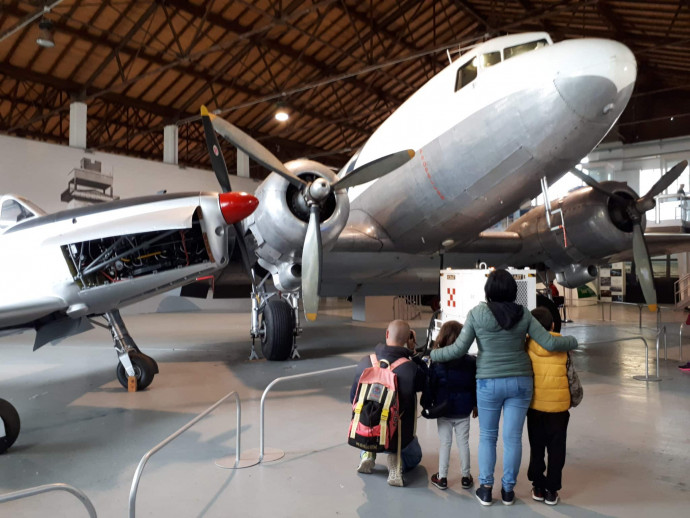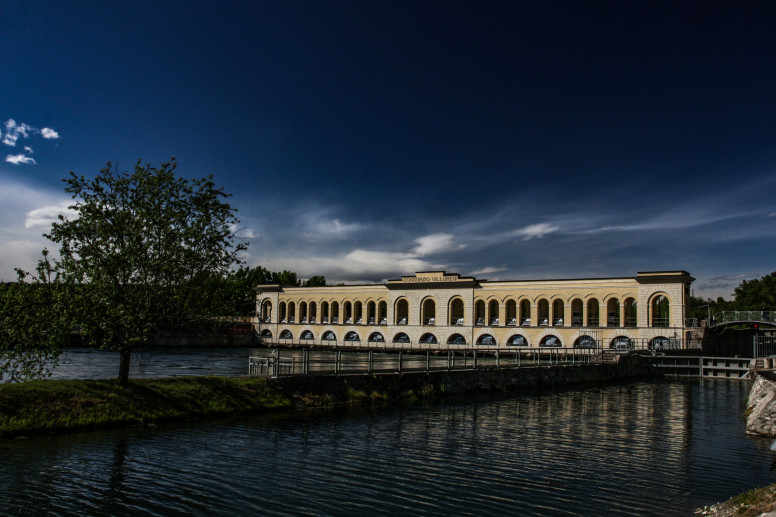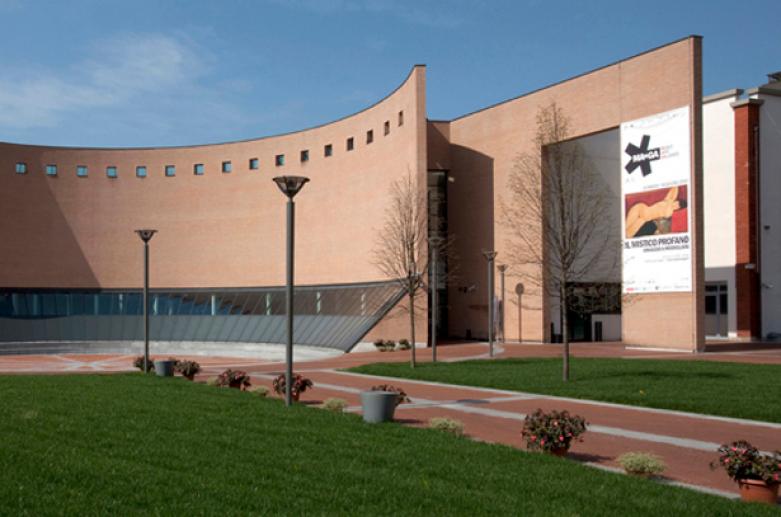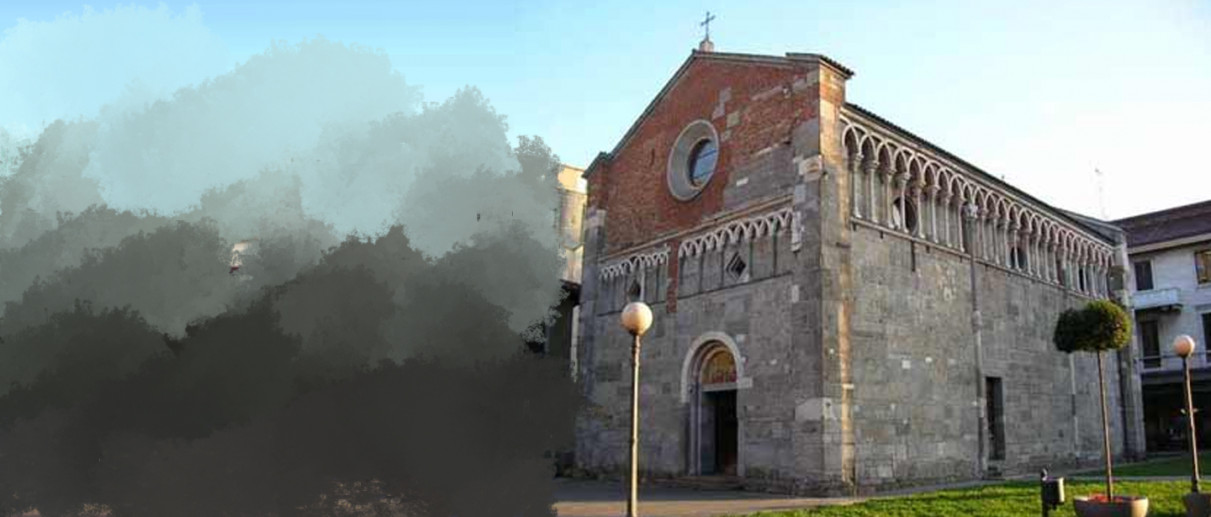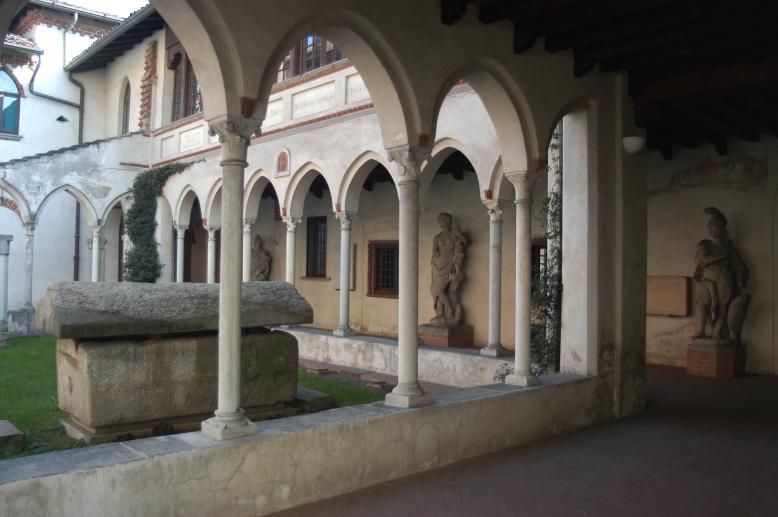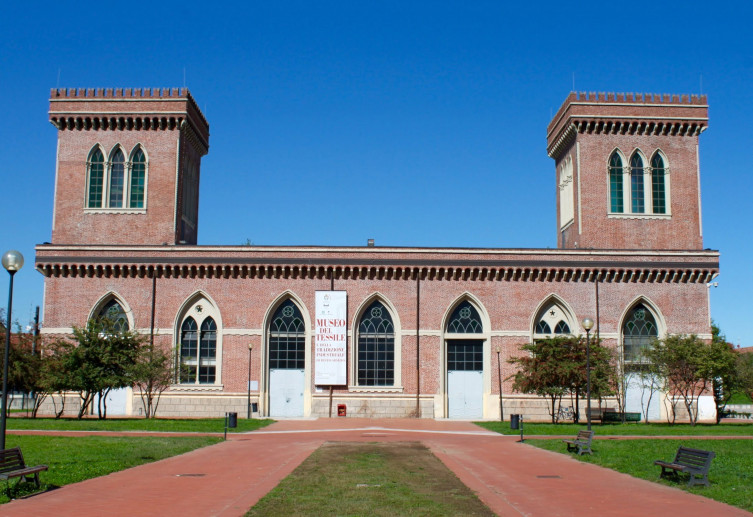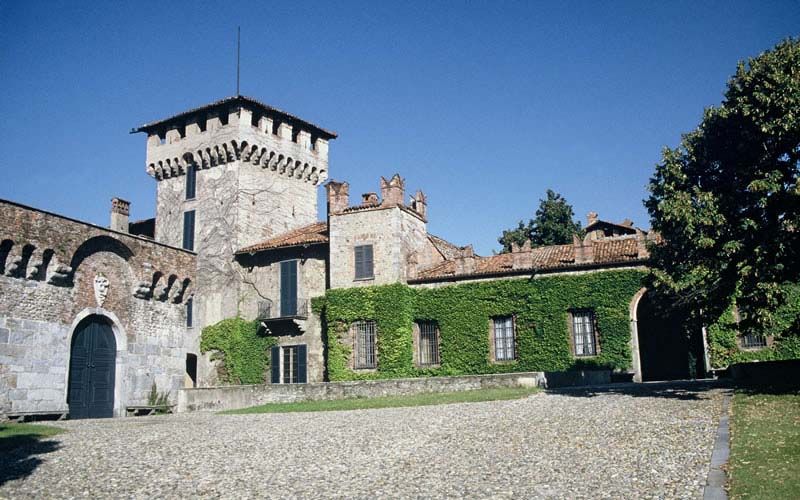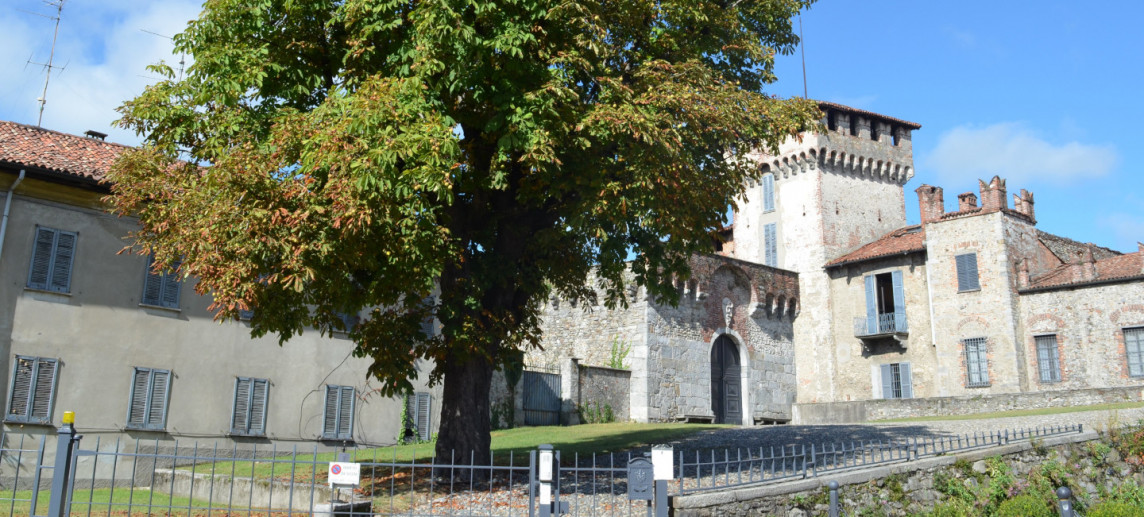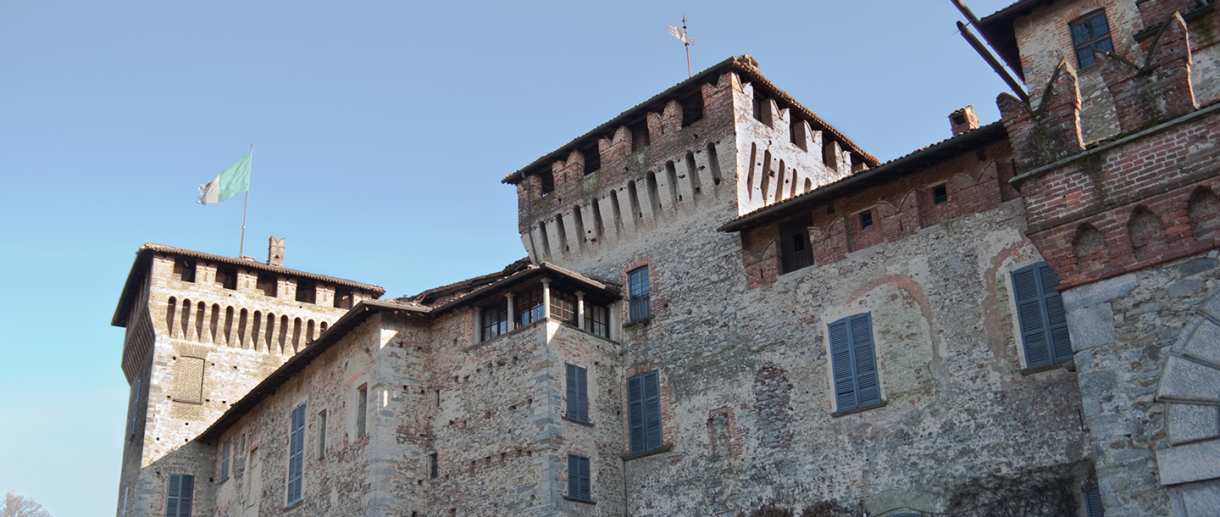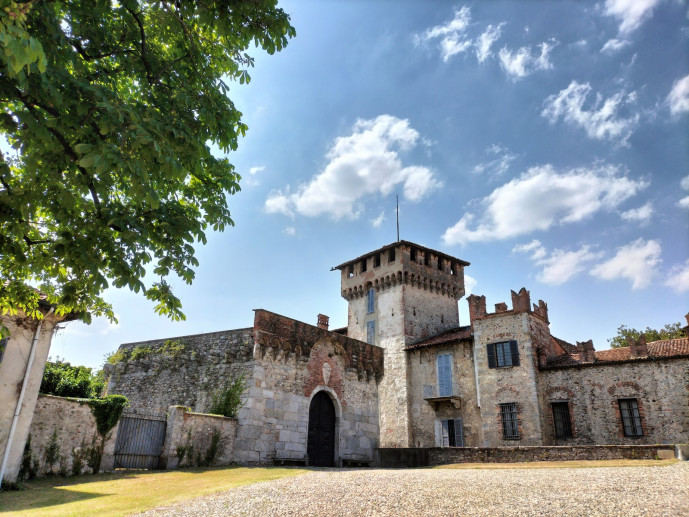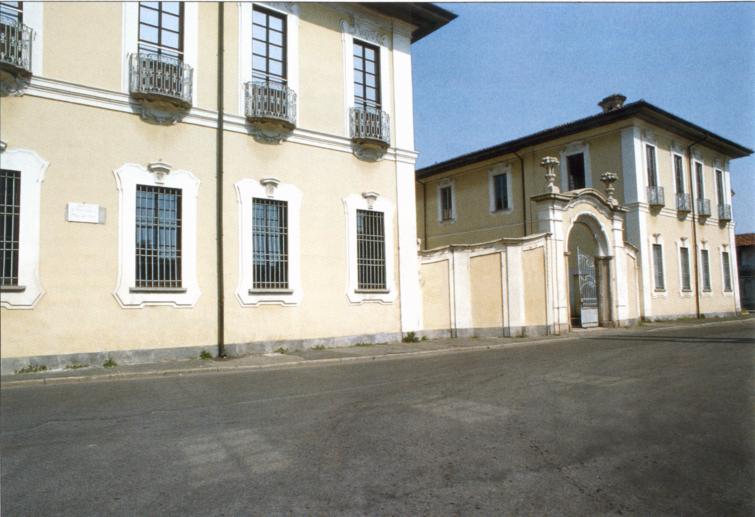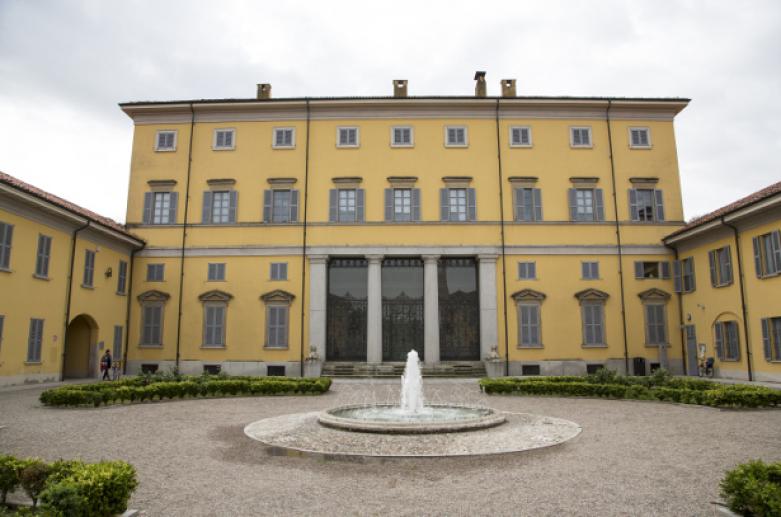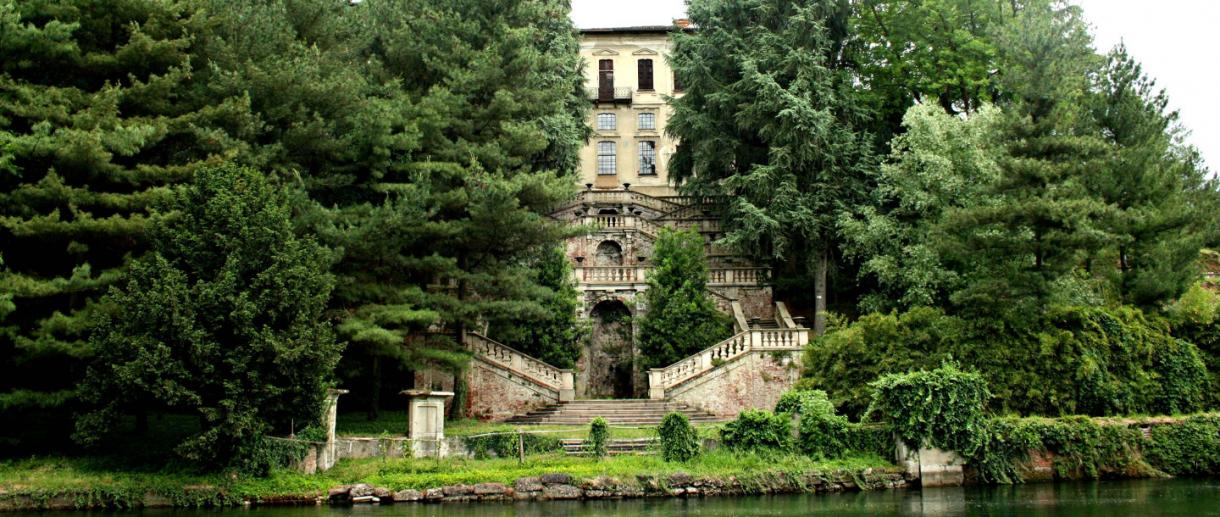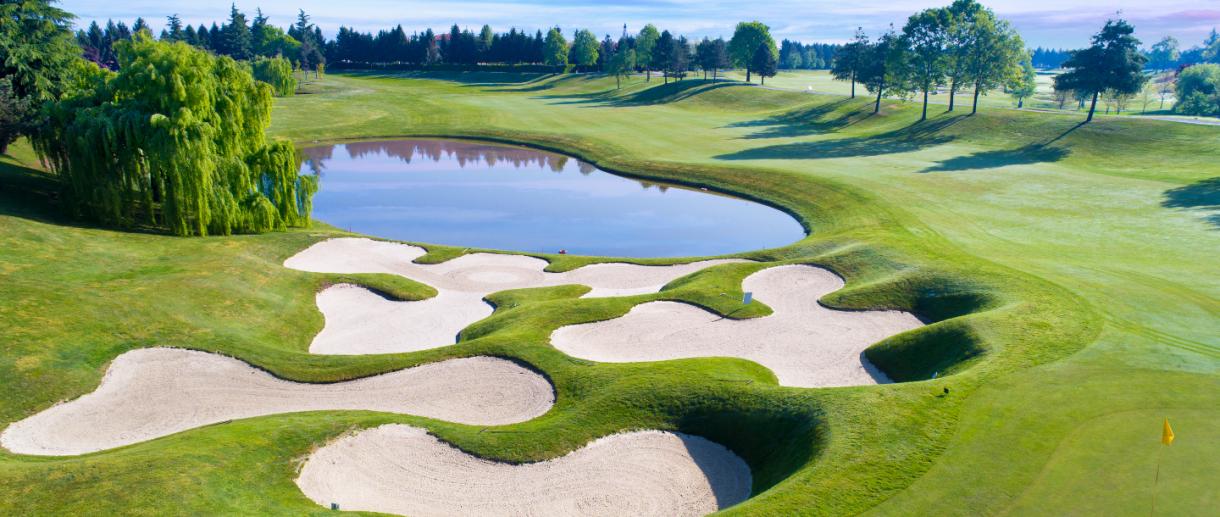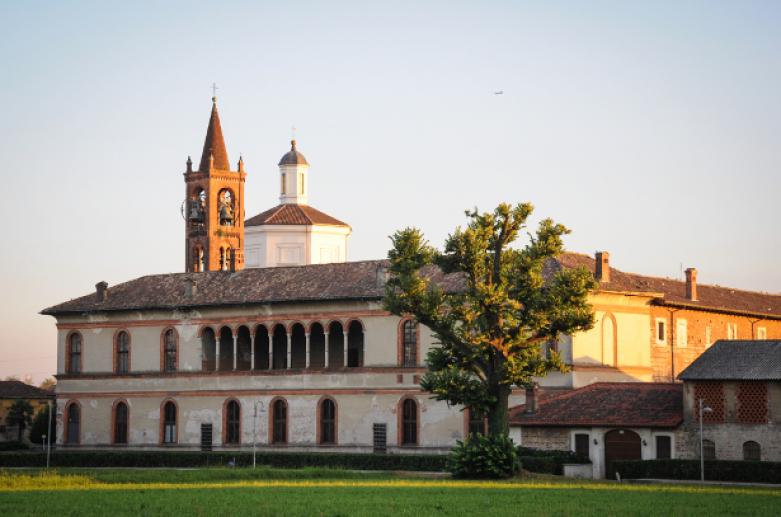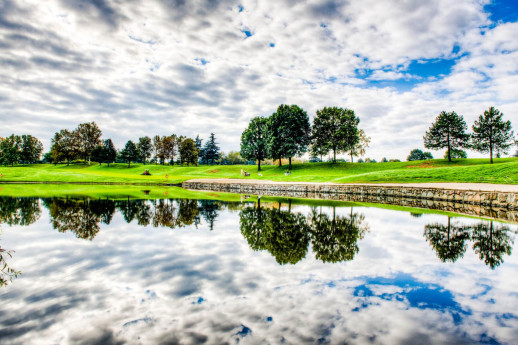- Navigli
Naviglio Grande
The Naviglio Grande is the first of the canals that make up the Milan canal system, the oldest and the most important.
The Naviglio Grande is a navigable canal which starts where it draws water from the Ticino in the district of Lonate Pozzolo known as Tornavento and ends in the dock Darsena di Porta Ticinese in Milan.
It is 49.9 km long with a total drop of 34 metres and a variable width of around 20 metres at the inlet which narrows to around 15 metres in the stretch from Abbiategrasso to Corsico until it reaches 12 metres in Milan.
It was designed at the time to be an irrigation as well as navigation canal, and over the years these joint roles have led the Naviglio Grande to play a major part in local history.
Identity Card:
Year of birth: 1177
Navigable since: 1272
Length: 49.9 km
Land irrigated: 50,000 ha
Start: Tornavento (Lonate Pozzolo)
End: Darsena dock Milan
History:
The Naviglio Grande is the first of the canals that make up the Milan canal system, the oldest and the most important. It dates back to around 1177 when a drainage ditch was widened and given the name Ticinello; in 1209 it was extended as far as Milan.
Subsequent work increased its flow rate and in 1272 the channel became navigable, a true canal. It starts at the River Ticino, in Tornavento, a district of the municipality of Lonate Pozzolo (VA) 23 km south of Sesto Calende and proceeds in a south-easterly direction to Castelletto, in the vicinity of Abbiategrasso, then bends towards Milan, leaving the Naviglio di Bereguardo on its right.
It is 49.9 km long and has a maximum depth of 3.8 metres. There are no locks. It works simply because of the natural slope of the land. It ends at the Darsena dock in Milan. The first and largest canal in Europe, it connected Milan with Lake Maggiore and Switzerland and was essential for the transport of whatever was required by the inhabitants of the city: coal, wine, meat, fish, wood and even the marble used for the construction of the Duomo.
At the same time it carried northwards whatever they had to trade: salt, linen, iron, grain and rice to be sold across the Alps.
